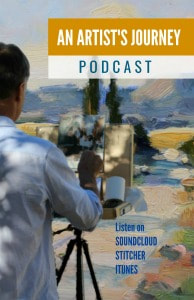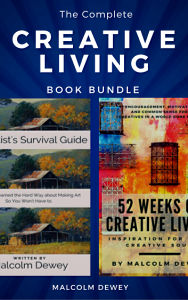|
Looking for painting classes for all levels? From short courses, beginner's foundation courses to intermediate level. There is a good chance that you can find what you are looking for at my revamped Online Art Academy. Starting at only $5.99 for a short course to the flagship Learn to Paint With Impact.
Benefits to You
Lifetime Access It is a fact that we learn at our own pace. You can view the course again six months later and pick up new bits of information. There is always something new because we become more receptive to new ideas with practice. You never miss out on this opportunity when you have access to my courses. Affiliate Program Do you know that when you enroll you are automatically eligible for my affiliate program? This means that you can earn a commission when your contact purchases a course using your unique affiliate code. Simply click on the Affiliate Program link on the course of your choice. Copy your affiliate code and add it to your promotions. You can earn 50% commission! Frequent Updates The courses are frequently updated as I do like to add new videos from time to time. We are always learning new things so why not share them? Members get these updates at no extra cost. To find out more about the Academy and the courses on offer click here. Perhaps you have been painting for a few years. If you have discovered an affinity for painting, you are probably working at improving your painting, too. It stands to reason that you want to level up your skills to better express yourself. During this time, you may also find yourself frustrated when your progress seems to stall. In this article I want to explore the two most common issues that beginners struggle with Problem One: Not Simplifying the Scene Many students ask me about this on a regular basis. When you start painting the tendency is to include everything. All the little details get thrown in for good measure. Then one day you are looking at your painting and ask, Why is this and that in the painting? Every leaf, twig and bird has been painted on the trees! The Ah Ha! Moment When you look at master paintings you see simple big shapes and strong light and dark contrast. This makes them look powerful. This is a moment when the despicable Mr. Gru would say “Lightbulb!” As soon as you begin to see the subject as a simple series of light and dark shapes you will no longer be distracted by details. This sounds easy and the truth is that it is easy, provided you make it a habit in your painting process. Habits develop with repetition so it does take practice. Two Steps to Simplify a Scene Step 1: Squint – The old trick of squinting slightly when you look at the subject works wonders. By closing your eyelids slightly when you look at the scene you receive the following benefits: the scene’s details disappear leaving only the large shapes visible; the essential light and dark relationships between shapes are emphasized. Step 2: Do a Notan Sketch – Before jumping directly into painting the scene try making a small notan sketch. Think of a Japanese black and white print and you get the idea of a notan sketch. It is a graphic representation of the dominant dark or light shapes in the scene. Use a wedge tipped black marker to quickly “paint” in the dark shape in your sketch book. A 4cm x 6cm painting is all you need. The white paper provides the light shapes. This is the beginning of the simplification process. I must tell you that this single step profoundly changed my painting for the better. No exaggeration. If you want to see like an artist, then this method will be a bold step in right direction. This video will demonstrate the method for you. Problem Two: Not Seeing the Values Values are the degree of light and dark in the shapes making up the scene. This is sometimes referred to as tone, but value is the preferable name. Think of a black and white photo like the one above. It is a series of monochromatic shapes that can range from almost black, through many greys into almost white. The variations of value in nature are too vast to comprehend. Instead, we have simplified the range to nine distinct values in the Munsell scale. Why is this important? The most eye-catching quality of a good painting is the contrast between light and dark. We are instinctively drawn to light and dark contrast. It is probably hardwired in our minds, so it pays to see these value relationships and capture them in our paintings. Learn from the Masters Take a look at the old master paintings by Caravaggio and Rembrandt, for example. Light and dark contrast was a major part of their method. Often most of their painting surface is dark. Then BAM! A shaft of light illuminates an important part of the painting with dramatic effect. It is mesmerizing. Steps to Establish Values Look at the main shapes in the black and white photograph above. Focus on the extreme light and dark shapes. How does this influence the composition? Can you focus on part of the scene where the most light and dark shapes are? Then, eliminate the boring, unnecessary parts? Often the best scene has a dominant dark shape (for example a line of trees) and the smaller light shape to contrast with it (for example sunlit grass). Your notan painting will help you find these contrasting shapes. Then, use the Munsell scale to decide on the correct value for each of the shapes. If you can paint shapes in the correct value and place them in the correct place you will have an eye-catching painting; kind of like putting a jigsaw puzzle together using paint and brush. Hold up the Munsell scale at arm’s length and compare parts of the scene to the values on the scale. What number corresponds to the shape? That will be the value to match with your paint. In this way you learn to see value, mix paint to match and apply this to the canvas with confidence. Your paintings will never be the same again. You will never look at a scene quite the same again either. Conclusion It is a process of training mind and eye to see the essentials in every scene. Like I said earlier, solving these two problems made the biggest improvement to my painting. No more fussing over irrelevant details. Major takeaway: Get to the heart of the scene by simplifying it and use strong values for a powerful painting. Now you can express yourself better and your paintings will receive the attention they deserve. Ready to learn more? There are many lessons in my course Learn to Paint With Impact. that take you through the process of seeing values and simple shapes. I have a special offer exclusively for you. Plus, a bonus personal painting assessment and written critique when you join. Find out more. Do you struggle with simplifying a scene into the essential shapes and values? What do you think about these methods? Are you already using them? How else have you improved your painting? This article was first published in Sixty and Me
Recently one of my painting students asked me if it was okay for her to trace a drawing before painting it. She said that she has never taken formal drawing lessons. Tracing would save time and help her enjoy her painting more. I almost fell into the trap of reciting the usual reply of “No! Tracing is bad. You must struggle with drawing until one day you will be able to draw well enough”. But that sort of reply is not helpful. So let’s look at this dilemma a little closer. Painting or Drawing? Let me say that I am looking at this from the point of view of a painter. If your end result is a drawing, for example in pencil, then I would not hesitate to say that you must learn to draw without tracing. After all your objective is to demonstrate your ability to draw accurately. This means your observation, hand-eye-coordination and the ability to place and draw a line accurately is essential. Tracing would negate all of this. But what about the painter? This person seeks to cover the drawing with paint so the dominant skill is the ability to handle paint. The artist needs to use abstract shapes and color in the form of pigment to create an illusion of the subject. Usually with an instrument like a paintbrush or painting knife. Taking all this into account is the drawing so important? Not so clear now. Or is it? The Old Masters Tell a Story Due to many anomalies observed in paintings of the old masters several researchers looked into how the old masters achieved their remarkable results. A recent study by artist David Hockney, masterfully written in his book Secret Knowledge, looks at methods used by famous masters to make drawing more accurate. We have all marvelled at master paintings by Caravaggio, Van Eck, Vermeer and others. Were their drawing abilities truly so astounding? How did ordinary observation account for the strange reality of Caravaggio’s paintings? What was the cause of the massive leap from Renaissance painting to the 17th Century super-real paintings? The answer was the camera obscura. A simple device that projected an image of the object onto a flat surface using bright sunlight and a small lens. The projected image would only show part of the subject in focus. The artist would have to draw then move the lens to focus on another part of the subject. Often this resulted in rather odd distortions of perspective. Ancient Geeks The late 16th and early 17th centuries marked rapid developments in the use of optics in astronomy. Genius artists, like Caravaggio, did not waste time in seeing the benefits of using optics to help their drawing. When the technology gets out then everyone wants to try it out too. Inevitably other artists had to use the camera obscura to compete. Johannes Vermeer stands out as another super star that used the device. Was this wrong? Some argue that the masters who use the camera obscura were cheats. Or they accuse Hockney defaming the great masters. The truth lies in the middle. These were great artists who still had to paint the painting. No one can argue with their incredible skill. But they were human too. They were simply using a tool that served their artistic goals. Watch the documentary here. So why not trace a drawing in order to make painting more accurate? Arguments Against Tracing:
Consider the Big Picture All of these arguments have validity. Personally it comes down to professionalism and authenticity. As a professional I do not think about tracing or projections of an image. It does not figure into my process. My first thought is to draw using the traditional approach. What about the dedicated student of painting? The only way to grow is to learn how to draw. This does not mean drawing like a master artist. It does mean learning to observe and place marks accurately enough. Over time the accuracy will improve. There are techniques to make drawing easier. The envelope method, for example, makes most difficult subjects easier to draw. My biggest concern is that tracing becomes a habit and drawing skill is sacrificed forever. Focus on Painting With painting the underlying drawing is the skeleton. The artist has to apply paint accurately using shapes of light and dark color. If this is not done then the drawing will be irrelevant. So my advice is to get a basic knowledge of drawing and a thorough knowledge of shapes, color, value and brushwork. Conclusion What to do when faced with a difficult subject that requires absolute accuracy, such as a portrait commission? A professional may decide to use tracing for practical reasons such as speed and the client’s needs. Circumstances may make this unavoidable. After all nobody suggests that Caravaggio or Vermeer are any less talented for using the camera obscura. Most of the time a professional will draw instinctively anyway. Serious students should stick to drawing and learn the basics. The rewards will outweigh any quick fix through tracing. Painting techniques and brushwork will come to be more important as your painting skills develop. Ideally you do not want to give drawing a second thought. Let it develop with practice. If you decide that it is necessary to trace a certain detail then do so, as a specific need within the scope of your artistic process. Not as a crutch. What do you think? Is tracing acceptable or is it cheating? Leave a comment below Add to Pinterest:Have you tried to learn another language? This seems to be a popular goal these days especially thanks to amazing internet resources that make learning a language easier. Not easy though. My wife has been studying French using Duolingo online. This is an excellent website that makes learning a language a compelling challenge. She is hooked and she is making good progress. Despite my wife's excellent progress she would still struggle to hold a conversation in French right now. Writing a good poem in French would be impossible at this point. One day maybe, but with only the basics of the language it would be asking too much. Take Shakespeare's tremendous talent for wordplay and inventive vocabulary for instance. His contribution to English is astonishing. His accomplishments would have been impossible without a confident grasp of the English language combined with his love for words. He placed words together in ways that others could not even imagine. But could Shakespeare complete a decent painting? I am not aware of him ever trying, but it seems unlikely or else there may have been a record of this. Despite his talent for English and poetry it is doubtful that he could paint. This is due to the great Bard knowing very little about the language of painting.
This One Thing Changes Everything To reach the next level and master writing you need to really learn the language. Passion will take you only so far. The same applies to painting. Learn the language of painting and you will see your painting ability leap ahead. Sadly very few art teachers venture into this territory. Perhaps it is perceived as too boring? Too complicated? Or maybe they did not learn the language of painting either? Important Disclaimer If you try learning a language you will appreciate that practice is essential. Duolingo is great at this. They make you practice everyday or your progress stalls. The same applies to painting. You need to practice the language of painting often to make quick progress. But once you have the basics in place it does become a natural part of you. Just like talking your home language. Is that exciting? Once this truth revealed itself to me I was motivated to keep learning and applying the lessons. Everything else fell into place in a natural progression. Now as I keep on learning I also have the privilege of teaching other artists. Of course it all depends on what you want to achieve. Not everyone wants to write poetry or novels. Simply holding a nice conversation is enough. Not everyone wants to paint professionally, but creating art that expresses one's feelings is a wonderful thing. The idea that I would like to leave you with is that you do have the talent to create beautiful paintings. All that you need is to learn the language of painting and practice. This will ensure that you develop your own style. Plus you will be able to paint anything you want. The language remains the same. Interested in exploring this exciting idea?Now you can give the perfect gift to your artist friends and family. Looking for that stocking filler for your arty friends and family? How about a gift certificate for one of my leading courses? Simply select the course, make payment and receive an automatic download of a beautiful gift certificate. You can print the certificate or email it to the recipient. Each certificate comes with a unique course code for the recipient. He or she then enters the code in a browser and starts the course at no charge. Easy! Find out more here. |
AuthorMalcolm Dewey: Artist. Country: South Africa Archives
June 2024
Categories
All
FREE
|
|

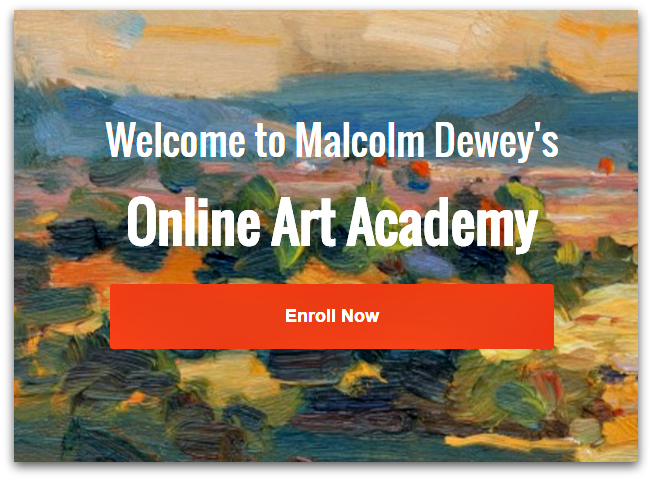
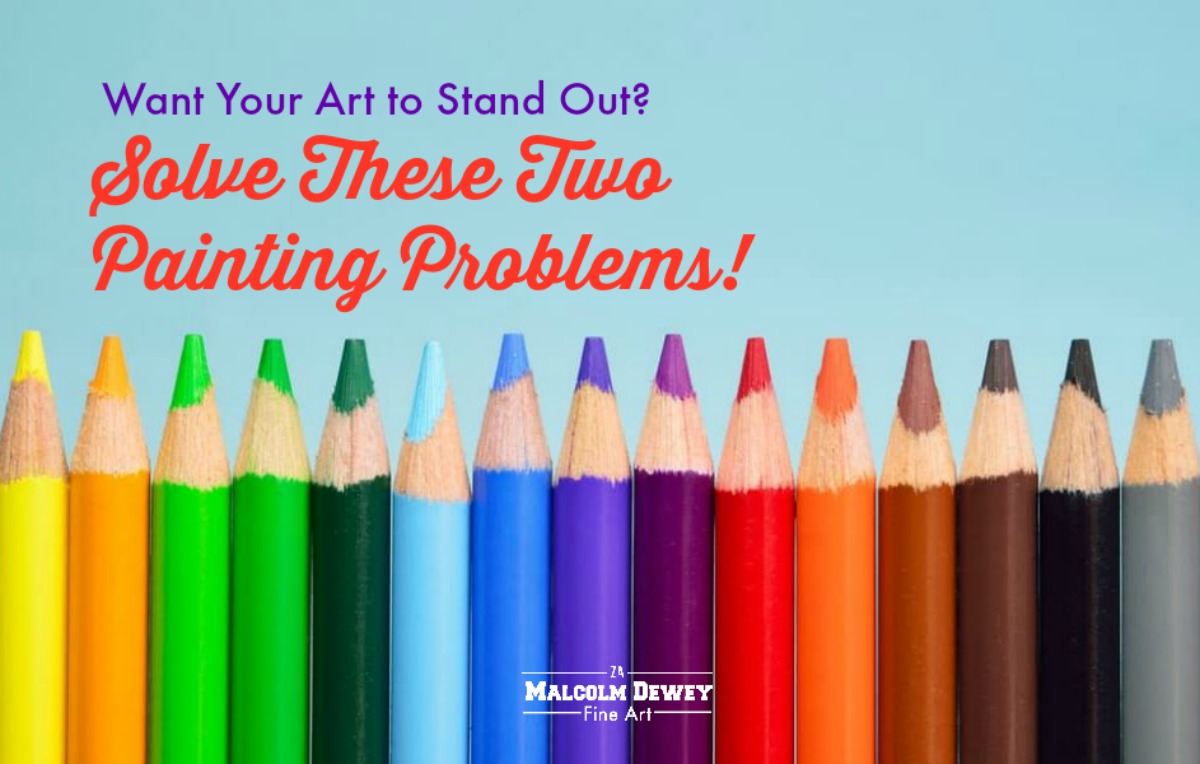


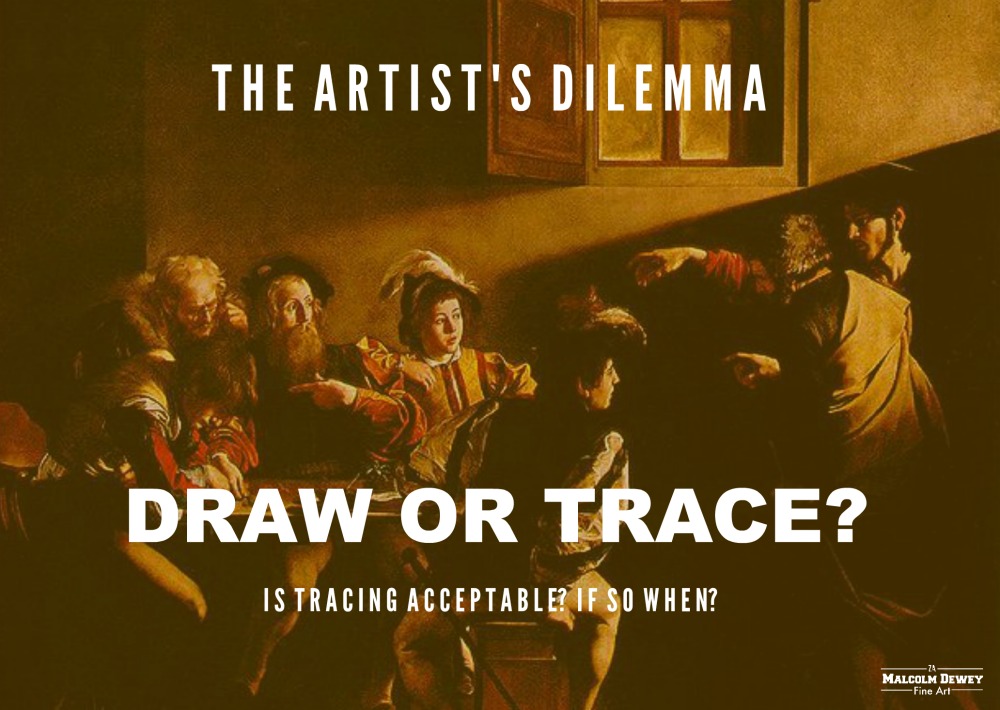
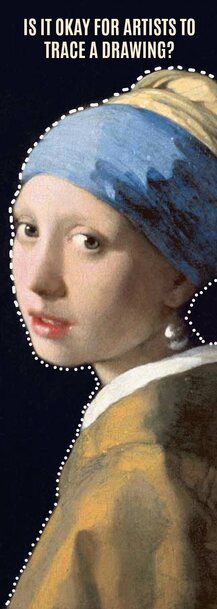
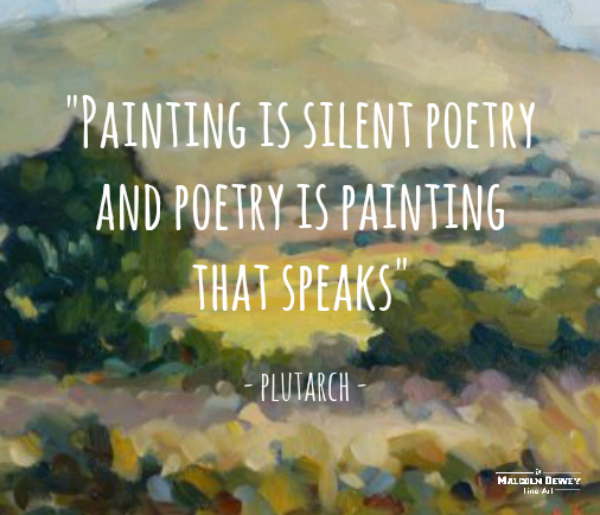
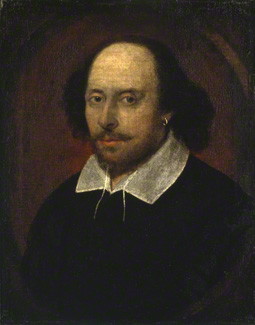
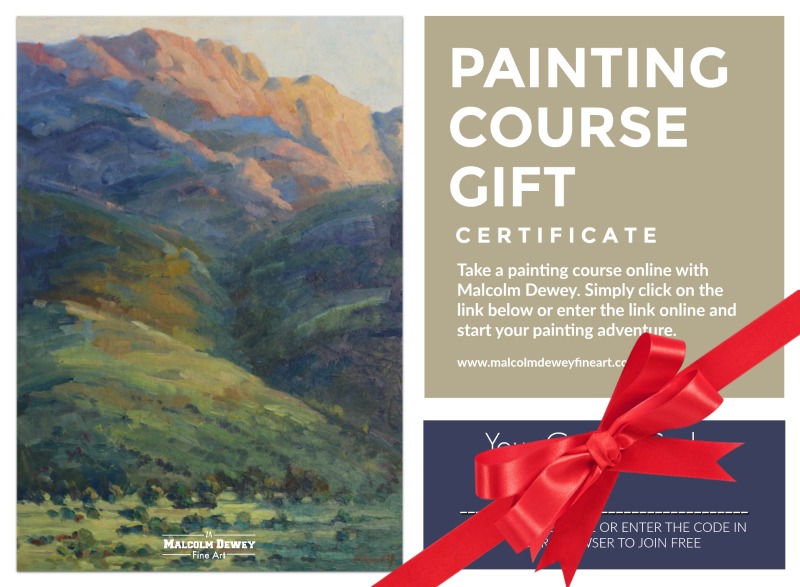
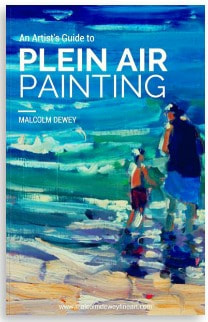
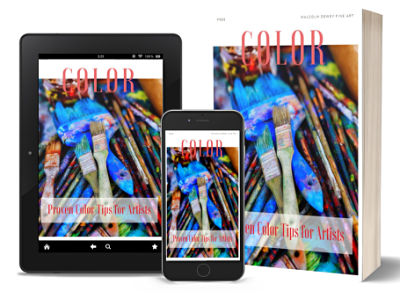
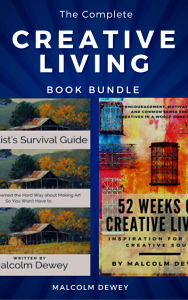
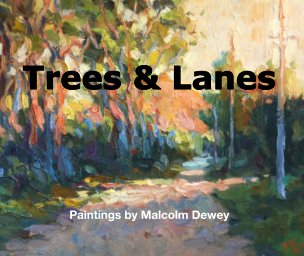



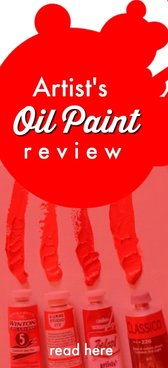

 RSS Feed
RSS Feed
